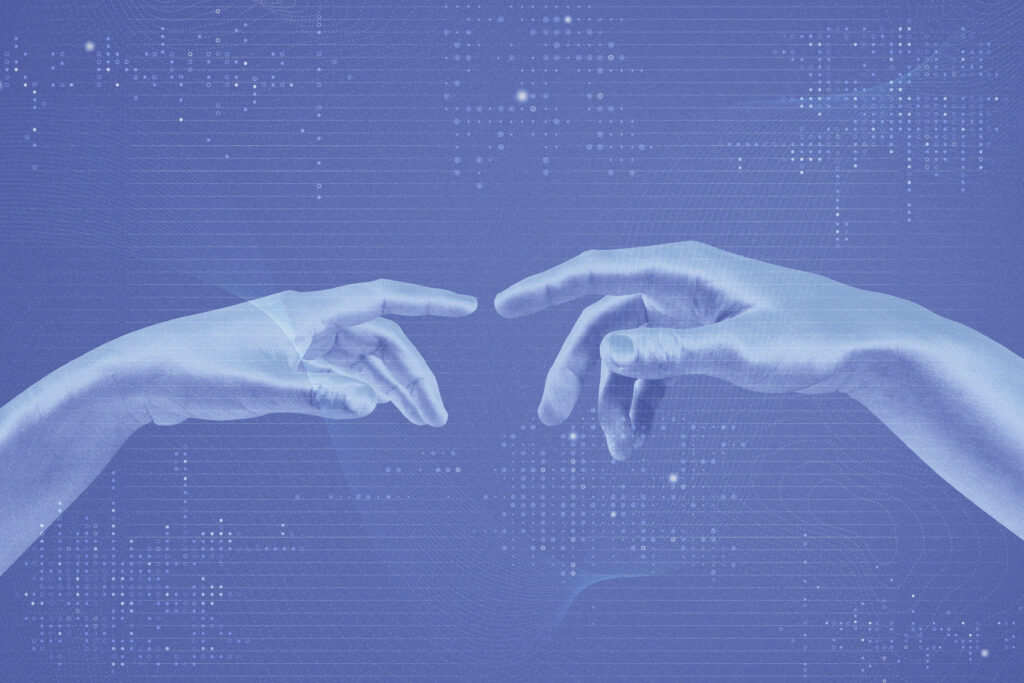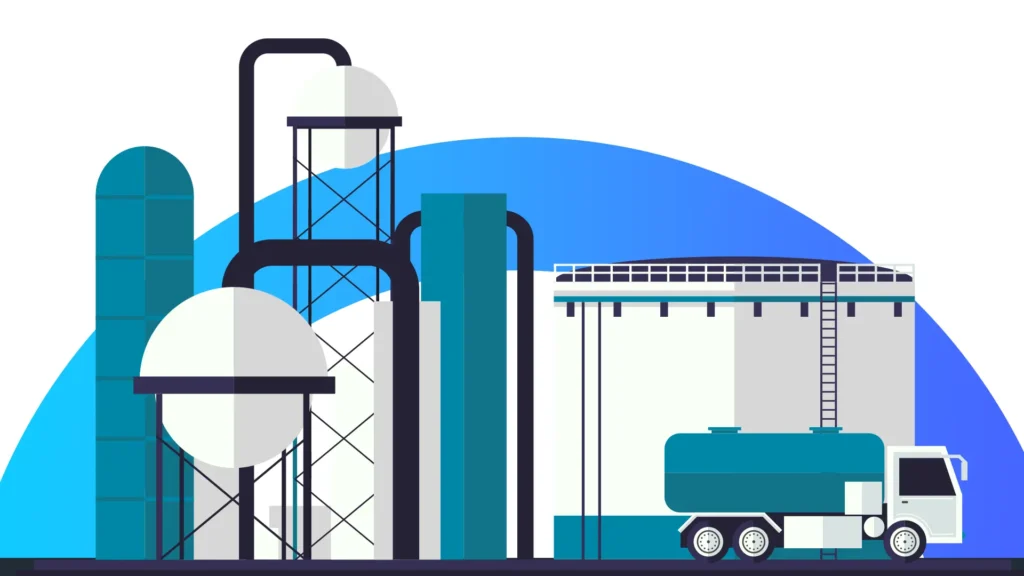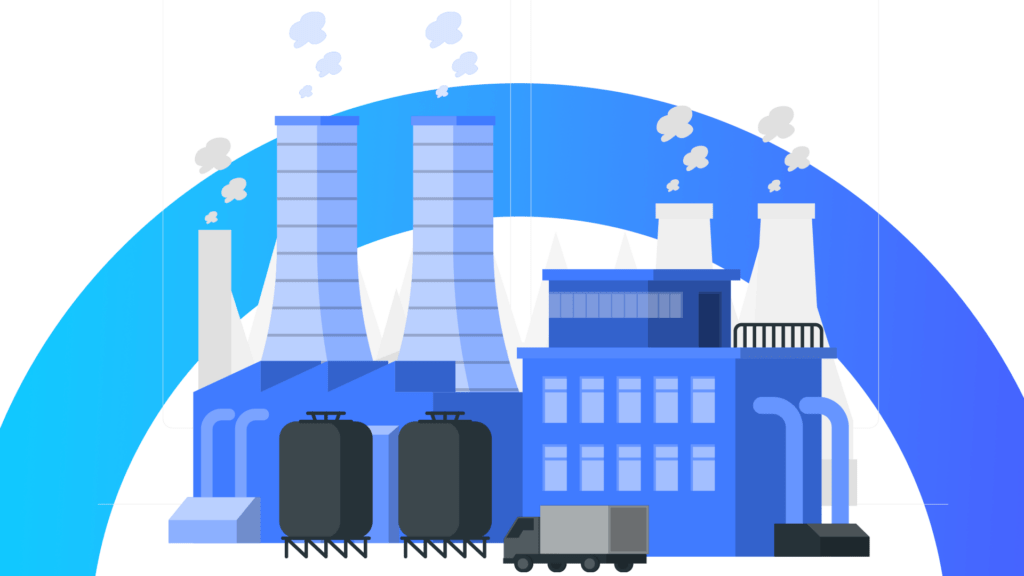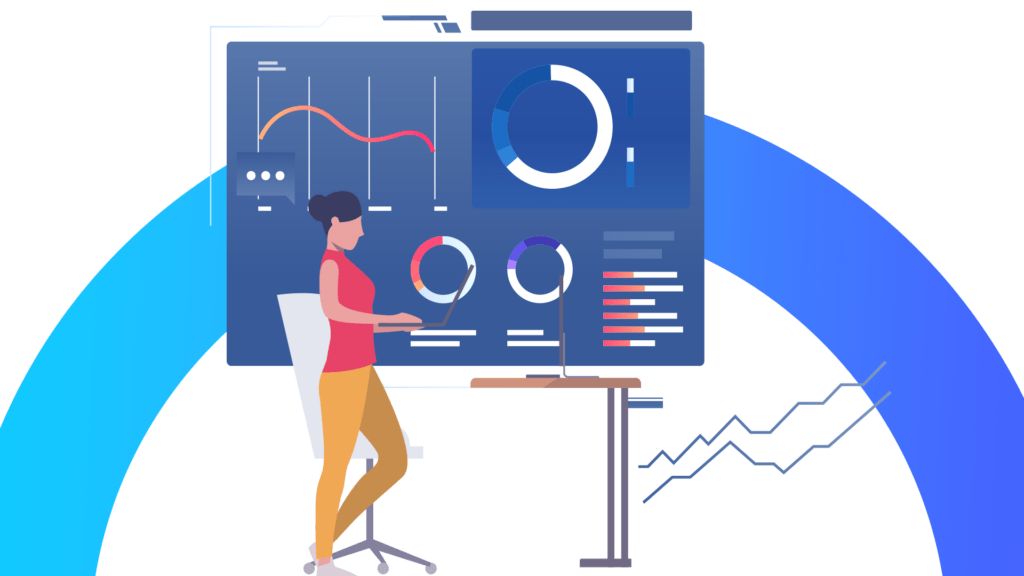A transformative effect on industries is apparent from our study on various digital twin applications. In manufacturing, it boosts efficiency with predictive maintenance and sustainability. Beyond that, it’s enhancing healthcare, automotive, urban planning, and more. Read on to learn more.
Introduction
By creating virtual replicas of physical assets, digital twin technology is reshaping all industries. These digital counterparts allow real-time monitoring, analysis, and optimization, making operations smarter and more efficient. While we have previously gone over how a digital twin works, this blog will now explore various digital twin applications, and study its impact on various sectors, specifically focused on manufacturing.
Applications of digital twins in manufacturing

Manufacturing is at the forefront of adopting digital twin technology, and the results are transformative. Digital twins help simulate production processes, providing actionable insights that drive efficiency and innovation. They allow manufacturers to create detailed virtual replicas of machinery, production lines, and even entire factories.
For example, General Electric (GE) leverages digital twins for predictive maintenance, reducing downtime in their industrial equipment. Such real-world application of digital twin tech highlights their potential to transform manufacturing processes.
Predictive maintenance is a key advantage of utilizing digital twin technology. Sensors embedded in machinery collect real-time data, which is analyzed to predict equipment failures before they occur. This reduces unplanned downtime and extends the lifespan of critical assets. Additionally, digital twins enable real-time monitoring of products during the manufacturing process. Any deviations from set parameters are detected immediately, ensuring consistent product quality.
Manufacturers also leverage digital twins to meet sustainability goals. Analyzing energy consumption and waste generation allows companies to implement eco-friendly strategies. By adopting this approach, organizations can achieve operational efficiency while reducing their environmental impact.
Applications of digital twins in manufacturing
Digital twins are proving their value across various industries, demonstrating their versatility and impact:
Healthcare
Digital twins in healthcare create virtual models of patients’ physiological systems. These models assist in diagnosing diseases, simulating surgeries, and personalizing treatments. For example, Philips uses digital twins to develop advanced imaging systems, improving diagnostic accuracy and patient outcomes.
Automotive
In the automotive industry, digital twins simulate vehicle performance, enabling manufacturers to design safer, more efficient cars. BMW employs digital twins to test vehicle systems and optimize production processes. This reduces the need for physical prototypes and accelerates innovation.
Urban planning
Smart cities are adopting digital twins to optimize infrastructure and resource management. Singapore’s Virtual Singapore project uses digital twins to simulate traffic patterns, manage urban development, and enhance disaster preparedness. This initiative exemplifies how digital twins can transform urban planning.
Energy
The energy sector uses digital twins to monitor power plants and grids. Real-time insights enable better energy distribution and quick responses to system failures. Siemens Energy leverages digital twins to optimize renewable energy sources like wind farms, predicting output based on weather conditions.
Retail
Retailers implement digital twins to optimize supply chains and improve inventory management. Virtual replicas of stores help simulate customer flow and test layout changes before implementation. Amazon employs digital twins to streamline warehouse operations, enhancing efficiency and customer satisfaction.
Construction
Digital twins in construction create virtual models of buildings to monitor progress and ensure compliance with timelines and budgets. Bentley Systems provides digital twin solutions for large infrastructure projects, helping identify potential structural issues early and reducing risks.
Technologies driving digital twin applications
Digital twins rely on the integration of cutting-edge technologies such as:
- IoT– which gathers real-time data from physical assets.
- AI– that analyzes data to provide actionable insights.
- Cloud computing– offering scalable infrastructure for storage and processing.
- XR (virtual and augmented reality)– that provides interactive visualizations of digital twins for enhanced decision-making.
Why digital twins are the future
Digital twins foster innovation, efficiency, and cost-effectiveness across industries. As we’ve seen the digital twin applications listed above, their real-time capabilities empower organizations to stay competitive. As technology evolves, digital twins will become an integral part of operations, transforming industries globally.
Companies embracing digital twins today set themselves up as leaders in tomorrow’s competitive landscape. You too could be one of them. To learn more about the ‘how’, talk to our experts over at Octopus Digital.




